Microcephaly
Recent articles
Brain patterning in utero may be implicated in autism, other conditions
Genes tied to several conditions are expressed in regions that control neural stem cell fate within the first few months post-conception.
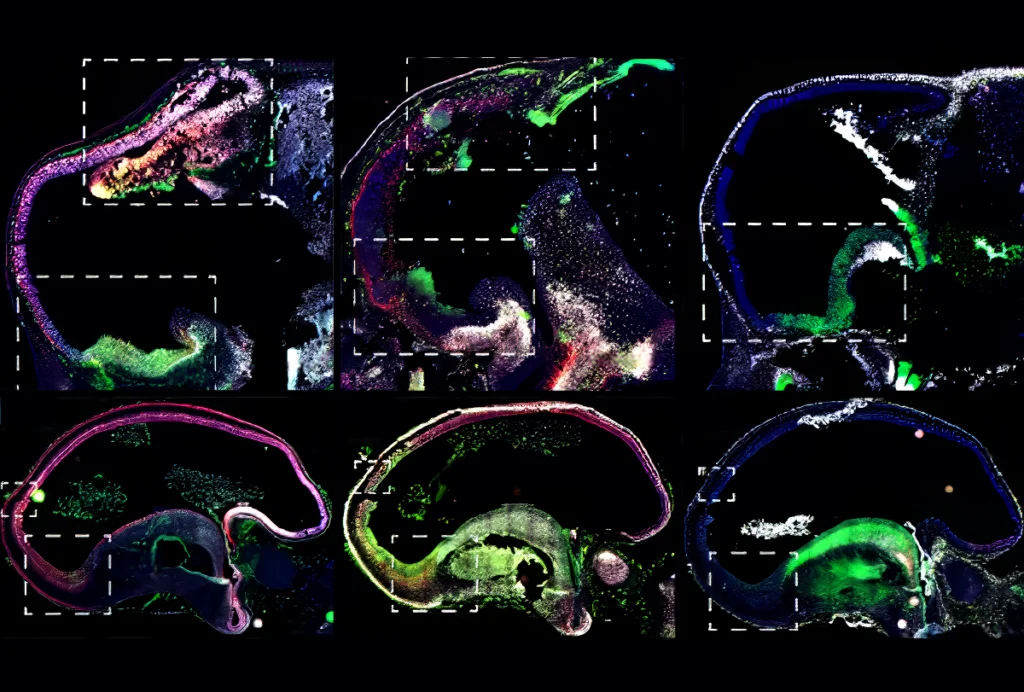
Brain patterning in utero may be implicated in autism, other conditions
Genes tied to several conditions are expressed in regions that control neural stem cell fate within the first few months post-conception.
Autism-linked perturbations converge on cell skeleton and RNA-binding proteins
The findings solidify the idea that autism-linked mutations affect brain activity by way of several key shared mechanisms.
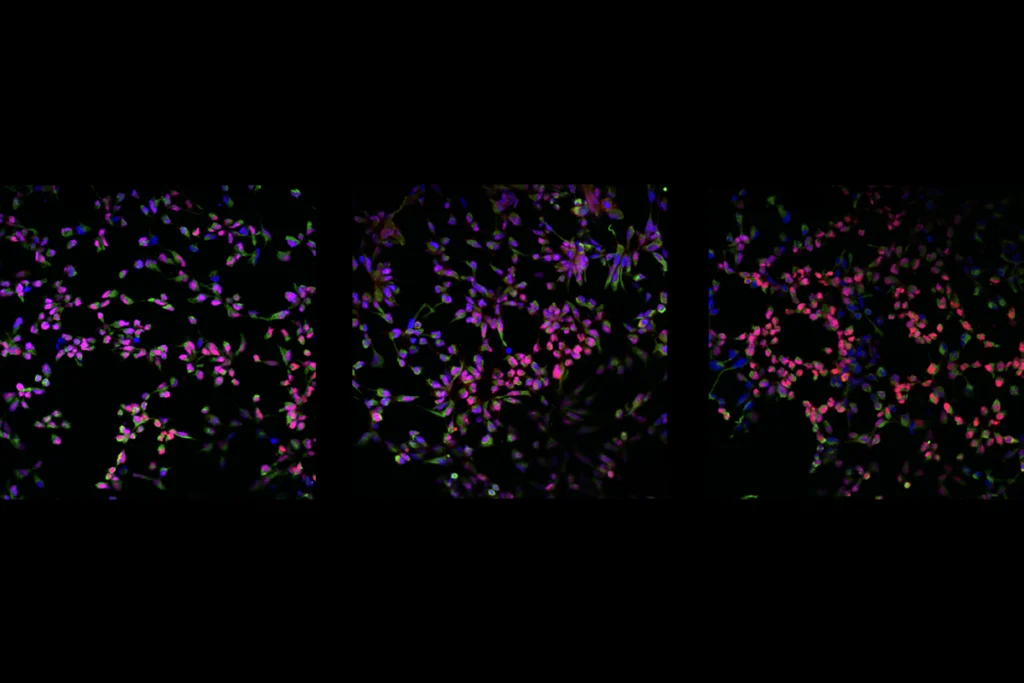
Autism-linked perturbations converge on cell skeleton and RNA-binding proteins
The findings solidify the idea that autism-linked mutations affect brain activity by way of several key shared mechanisms.
Some social issues in DYRK1A model mice stem from faulty inhibitory circuits
Alterations in inhibitory circuits and difficulties in social recognition characterize mice missing one copy of DYRK1A, a gene linked to autism.
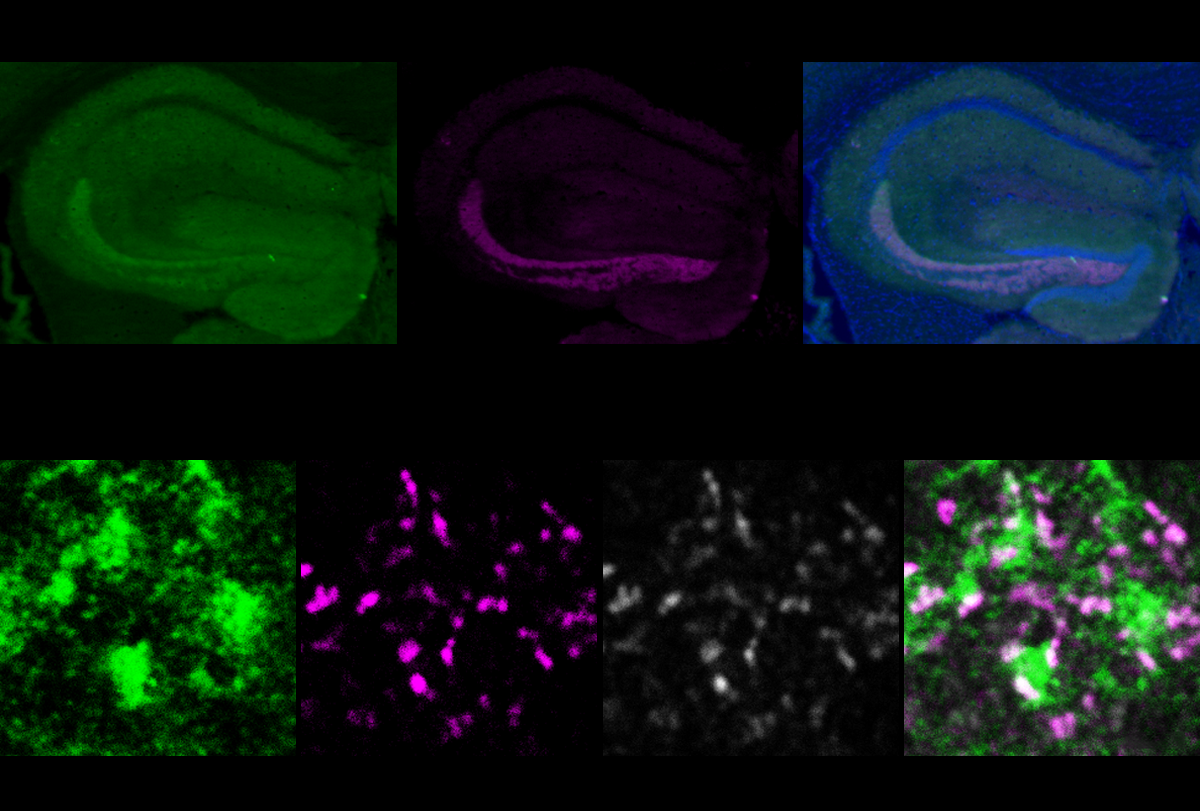
Some social issues in DYRK1A model mice stem from faulty inhibitory circuits
Alterations in inhibitory circuits and difficulties in social recognition characterize mice missing one copy of DYRK1A, a gene linked to autism.
Dietary changes ease traits in rare autism-linked condition
Early treatment with nutritional supplements and a high-protein diet forestalls some neurodevelopmental problems for children with BCKDK deficiency.

Dietary changes ease traits in rare autism-linked condition
Early treatment with nutritional supplements and a high-protein diet forestalls some neurodevelopmental problems for children with BCKDK deficiency.
Mice without DDX3X are slow to grow neurons
The gene helps neurons exit the cell-maturation cycle during fetal brain development, a new study shows. But male and female mice respond differently to DDX3X loss.
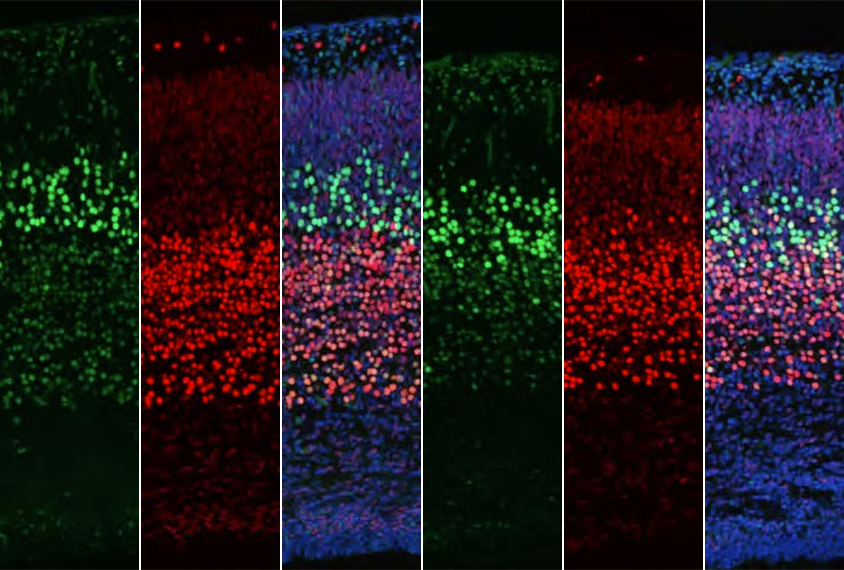
Mice without DDX3X are slow to grow neurons
The gene helps neurons exit the cell-maturation cycle during fetal brain development, a new study shows. But male and female mice respond differently to DDX3X loss.
Precocious neurons may stunt brain growth in rare form of autism
The first animal model of MYT1L syndrome suggests that fast-maturing neurons lead to the unusually small brains, social deficits and other traits seen in people with the condition.
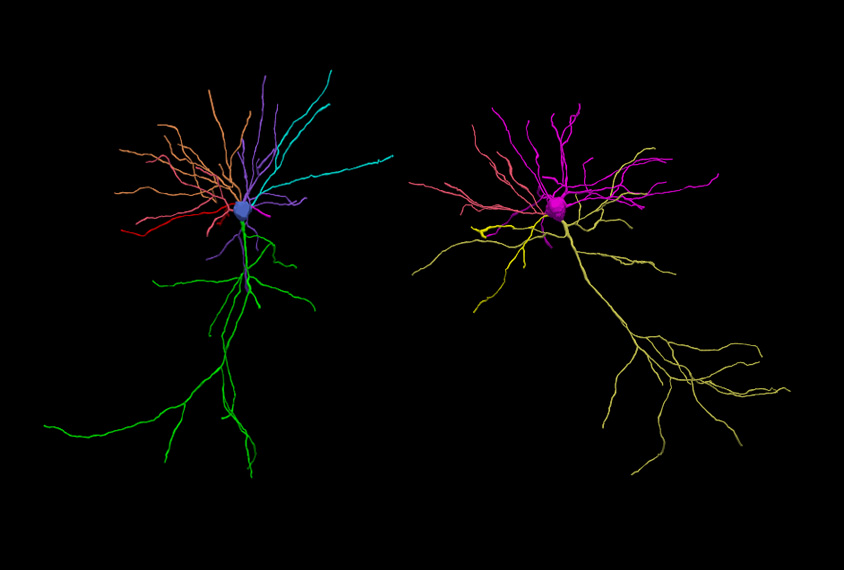
Precocious neurons may stunt brain growth in rare form of autism
The first animal model of MYT1L syndrome suggests that fast-maturing neurons lead to the unusually small brains, social deficits and other traits seen in people with the condition.
Critical time window flagged for autism gene’s influence
A transplant of inhibitory neurons during the second week of life prevents social difficulties and a brain signaling imbalance in mice missing a copy of FOXG1.

Critical time window flagged for autism gene’s influence
A transplant of inhibitory neurons during the second week of life prevents social difficulties and a brain signaling imbalance in mice missing a copy of FOXG1.
Jump-starting growth signaling reverses microcephaly in autism mouse model
A genetic therapy and an existing drug both restore typical brain size in mice missing DYRK1A, a top autism candidate gene, in the cerebral cortex, a new study shows. The animals typically have smaller brains than controls.
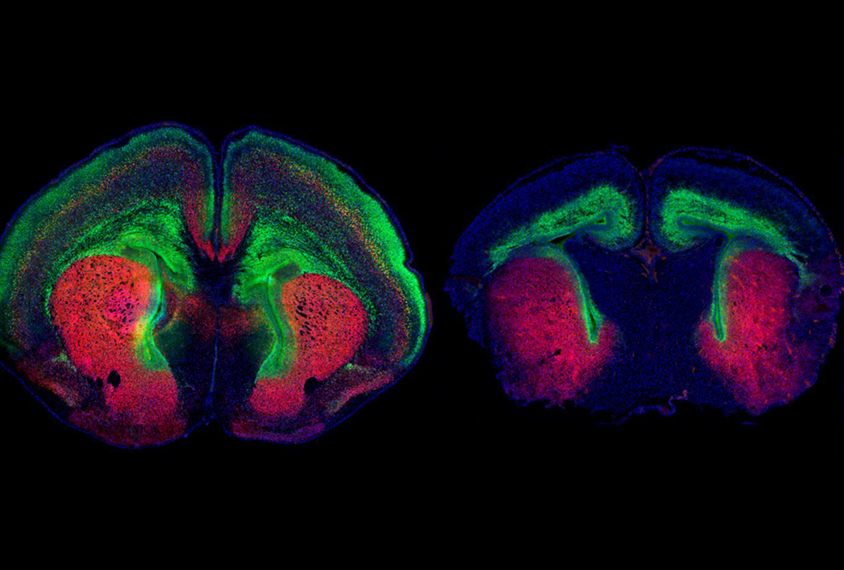
Jump-starting growth signaling reverses microcephaly in autism mouse model
A genetic therapy and an existing drug both restore typical brain size in mice missing DYRK1A, a top autism candidate gene, in the cerebral cortex, a new study shows. The animals typically have smaller brains than controls.
New method probes genes’ function in brain organoids
A screening technique tests how inactivated genes affect spheres of cultured brain cells; it could shed light on autism-linked mutations.

New method probes genes’ function in brain organoids
A screening technique tests how inactivated genes affect spheres of cultured brain cells; it could shed light on autism-linked mutations.
Autism’s relationship to head size, explained
Some people with autism have an unusually large head. What causes the enlargement? And does it have any bearing on outcome?
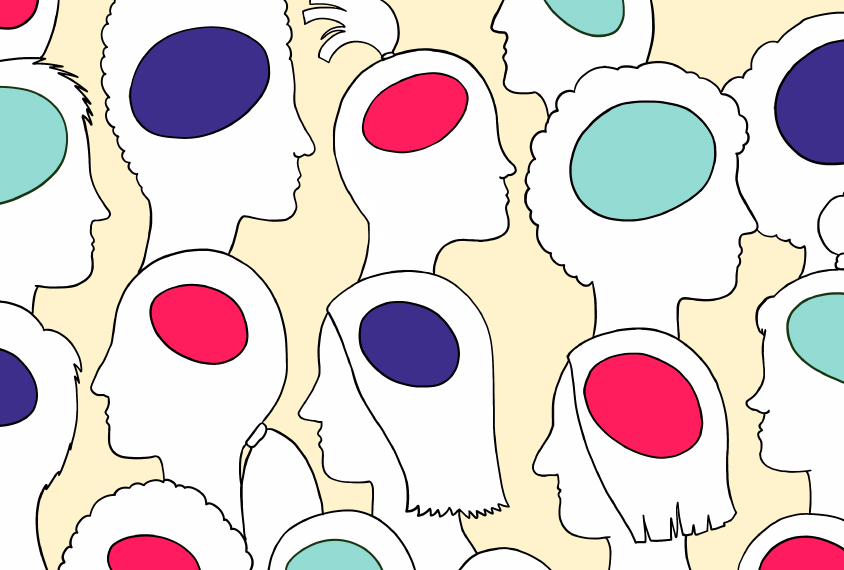
Autism’s relationship to head size, explained
Some people with autism have an unusually large head. What causes the enlargement? And does it have any bearing on outcome?
Explore more from The Transmitter
Newly awarded NIH grants for neuroscience lag 77 percent behind previous nine-year average
Since President Donald Trump took office on 20 January, the National Institute of Neurological Disease and Stroke and the National Institute of Mental Health have awarded one quarter as many new grants as during the same two-month period, on average, since 2016.
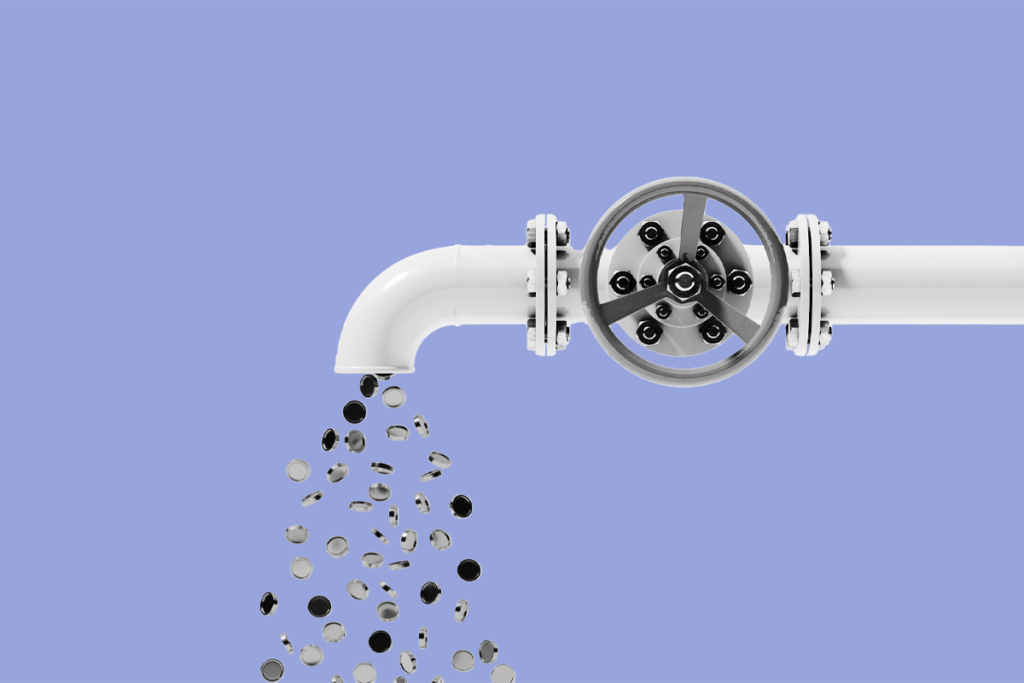
Newly awarded NIH grants for neuroscience lag 77 percent behind previous nine-year average
Since President Donald Trump took office on 20 January, the National Institute of Neurological Disease and Stroke and the National Institute of Mental Health have awarded one quarter as many new grants as during the same two-month period, on average, since 2016.
Releasing the Hydra with Rafael Yuste
Losing HHMI Investigator status caused Yuste to study neural networks in a new way.
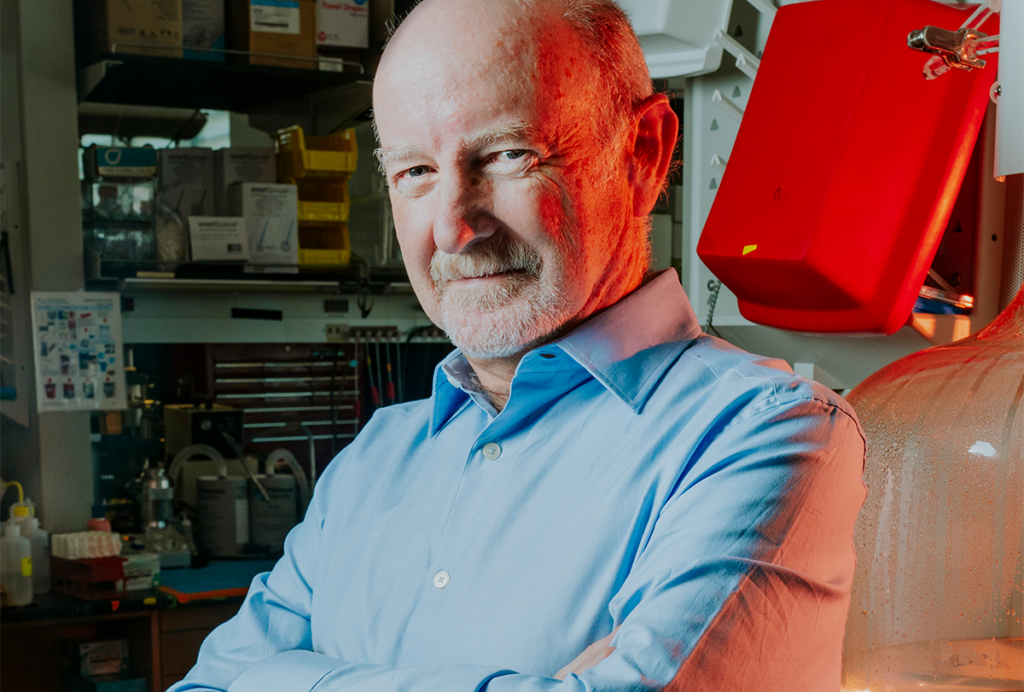
Releasing the Hydra with Rafael Yuste
Losing HHMI Investigator status caused Yuste to study neural networks in a new way.
Coding error caused layoffs at National Institute of Neurological Disorders and Stroke this week, source says
Thirty employees—including 11 lab heads—at the institute should “immediately return to work,” according to an email the institute’s Office of Human Resources sent to top administration at the institute Wednesday evening.

Coding error caused layoffs at National Institute of Neurological Disorders and Stroke this week, source says
Thirty employees—including 11 lab heads—at the institute should “immediately return to work,” according to an email the institute’s Office of Human Resources sent to top administration at the institute Wednesday evening.